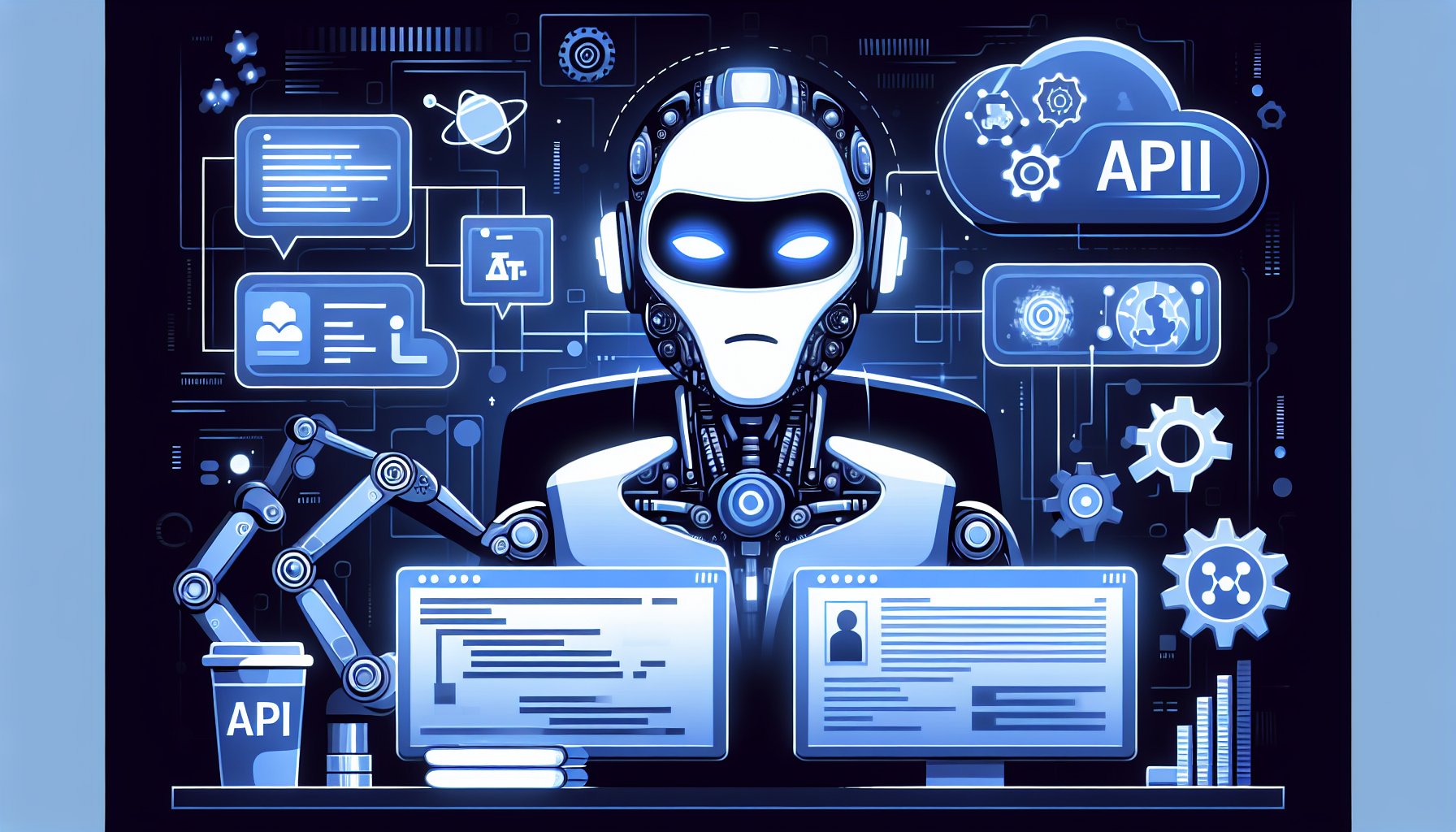Introduction
Welcome to the future of API development, a realm where innovative tools, strategies, and best practices are shaping the digital landscape. As we delve into cutting-edge developments in API design and implementation, we'll explore how these advancements offer unprecedented opportunities for developers, IT professionals, and businesses.
Microservices and Decentralized API Development
Microservices have become a cornerstone of modern API development. This architecture style fosters the creation of highly modular and scalable applications, with each microservice representing a specific business capability. By decentralizing API development, teams can work independently, reducing coordination overhead and accelerating delivery.
// Structure of a microservice in Node.js
const express = require('express');
const app = express();
app.get('/api/orders', (req, res) => {
// Fetch and send orders data
});
app.listen(3000);
Transition from RESTful to GraphQL APIs
While RESTful APIs have been a popular choice for many years, GraphQL emerges as a powerful alternative. GraphQL APIs offer more flexibility, allowing clients to specify exactly what data they need—reducing over-fetching and under-fetching issues prevalent in RESTful APIs. Moreover, GraphQL supports real-time updates through subscriptions, opening new avenues for interactive applications.
// A basic GraphQL query
{
user(id: 1) {
name
email
friends {
name
}
}
}
Leveraging Serverless Architecture
Serverless architecture is reshaping the way we build and deploy APIs. By abstracting away server management, developers can focus on writing code, while the infrastructure automatically scales to meet demand. Platforms like AWS Lambda and Google Cloud Functions offer seamless serverless deployment for APIs, with built-in security and fault-tolerance mechanisms.
// A simple AWS Lambda function in Python
def lambda_handler(event, context):
return {
'statusCode': 200,
'body': 'Hello from Lambda!'
}
Ensuring API Security
API security is paramount in a world increasingly reliant on digital services. Modern approaches like OAuth 2.0 and OpenID Connect provide robust authentication and authorization for APIs, while tools like OWASP ZAP offer automated vulnerability scanning. Furthermore, HTTP/3 and QUIC protocols are enhancing API security and performance with improved encryption and reduced latency.
Conclusion
As we move into the future, API development continues to evolve, driven by the need for more robust, scalable, and secure digital solutions. By embracing microservices, transitioning from RESTful to GraphQL, leveraging serverless architecture, and focusing on API security, developers and businesses can stay ahead of the curve and create APIs that truly meet the demands of the digital-first era.
Key Takeaways
- Microservices foster modularity and scalability in API development.
- GraphQL offers flexibility and efficiency over RESTful APIs.
- Serverless architectures allow for focused code development and automatic scaling.
- Robust security mechanisms protect APIs in an increasingly digital world.
- Adapting to these trends and technologies keeps developers and businesses current and competitive.
